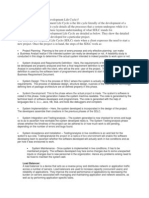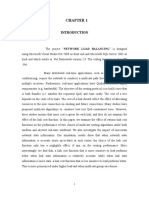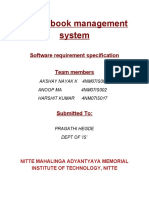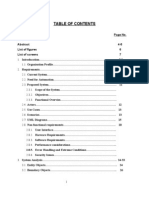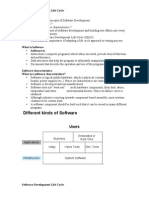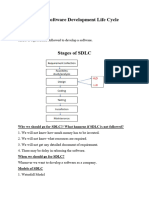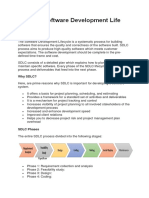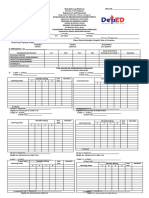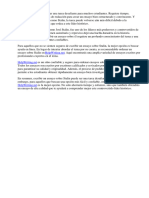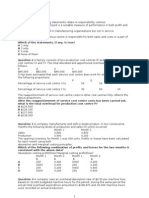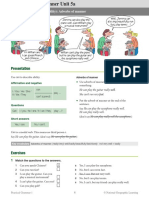0% found this document useful (0 votes)
32 views7 pagesEncryption Software Requirements
1. Text Encryption and Decryption
In this module user encrypted the plain text to encrypted format and uploaded to the cloud. The encryption is done by using a password. Only using this password only any one can decrypt the text. The user upload the password also include with encrypted data. The trusted authority id responsible for passing the password to the requested user
2. Image Encryption and decryption
Like the same as the image encryption is also done. And the encrypted images and passwo
Uploaded by
narayanaitCopyright
© © All Rights Reserved
We take content rights seriously. If you suspect this is your content, claim it here.
Available Formats
Download as DOCX, PDF, TXT or read online on Scribd
0% found this document useful (0 votes)
32 views7 pagesEncryption Software Requirements
1. Text Encryption and Decryption
In this module user encrypted the plain text to encrypted format and uploaded to the cloud. The encryption is done by using a password. Only using this password only any one can decrypt the text. The user upload the password also include with encrypted data. The trusted authority id responsible for passing the password to the requested user
2. Image Encryption and decryption
Like the same as the image encryption is also done. And the encrypted images and passwo
Uploaded by
narayanaitCopyright
© © All Rights Reserved
We take content rights seriously. If you suspect this is your content, claim it here.
Available Formats
Download as DOCX, PDF, TXT or read online on Scribd
/ 7













